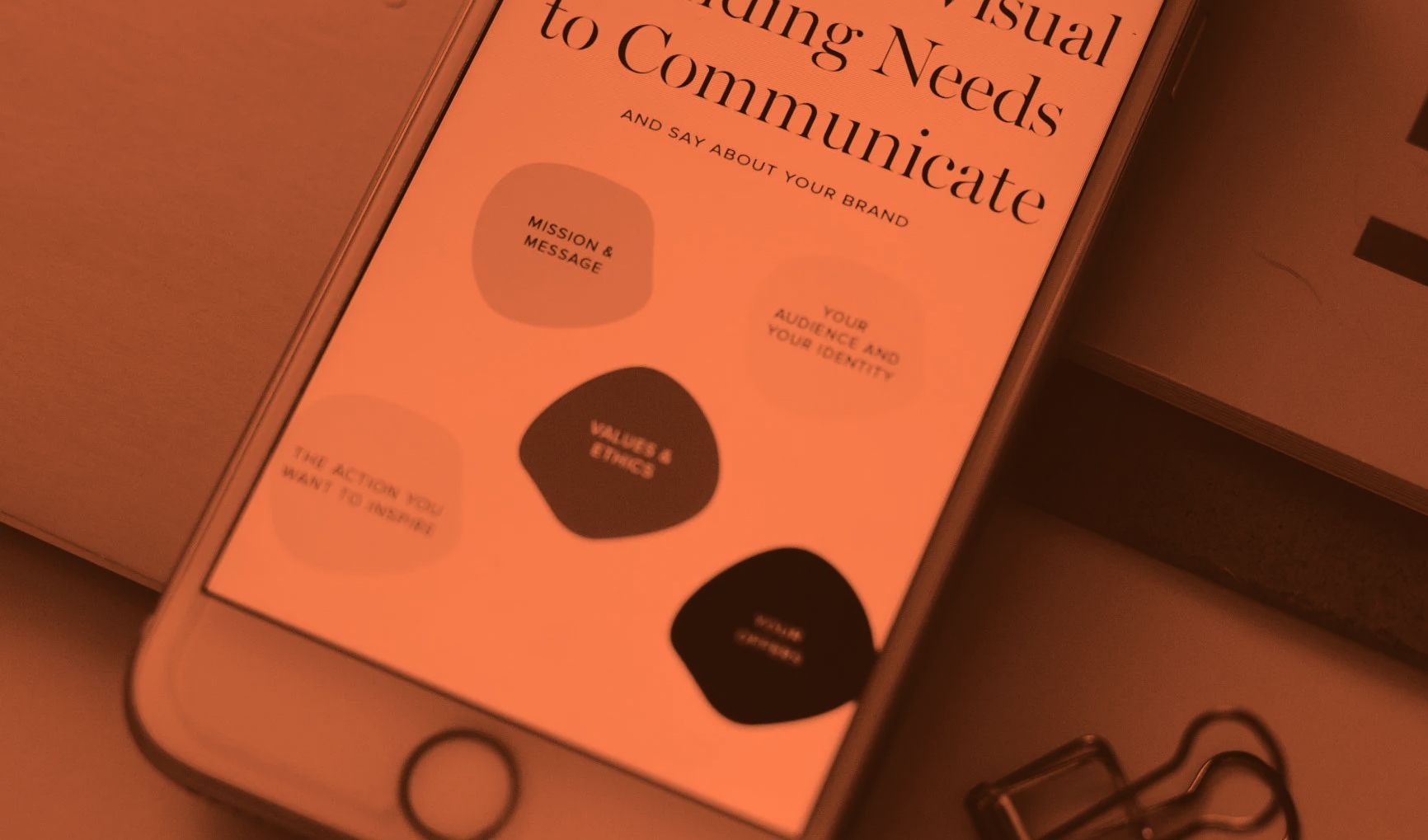Should you consider a lucrative tech contract?
Have you ever thought about signing a high-paying tech contract but hesitated due to the unknown? While contractors are commonplace in various industries, the demand for contract workers in the technology sector has surged in recent years. According to the Australian Bureau of Statistics, independent contractors constitute just under 10% of the employed population, totaling one million contract workers across Australia.
Employers are increasingly hiring on a contract basis for specific skills to achieve quicker results. To help you decide if contracting is right for you, we’ve outlined both the benefits and drawbacks of Techa and IT contracting below.
The pros
Higher Earnings Potential
Contracting can be highly lucrative. Many contractors are drawn by the potential to earn a higher income compared to full-time positions. However, remember that contractors don’t receive benefits such as annual leave, sick leave, or paid public holidays. As a rule of thumb, you should aim for a daily rate that is at least 30% higher than your salary expectations.
Top Tip: Use PayCalculator to determine your day rate. Accounting for leave and public holidays, you should expect to work 220 days per year. Multiply your daily rate by 220 to get an annual comparison.
Exposure & Variety
Adaptability and agility are valuable skills in any job market, and contracting helps you develop these. Such experience can open doors to
new opportunities in the future.
Contracting provides you with opportunities to work for a variety of different employers, and gaining exposure to different environments, cultures, projects, and tech stacks is sure to build a comprehensive career.
Defining your speciality
If you’re unsure about your career path, contracting can help you explore different fields and find where your skills and passions align best. Employers often seek contractors for specialised roles, so finding your niche can make you highly sought after. Contractors are typically hired to solve specific problems, allowing you to focus on impactful projects.
RUNNING YOUR OWN BUSINESS
As a contractor, you can run your business, which offers certain benefits and tax breaks—usually with the help of a skilled accountant. Building strong relationships is crucial in this line of work. A successful contractor networks extensively, maintaining connections with former colleagues and managers. Working with skilled recruiters can also ensure that new opportunities continually come your way.
The cons
no work perks
Contractors don’t receive paid leave. If you take time off for a vacation or illness, you won’t be paid for those days. For example, if you’re a Project Manager earning $1,000 per day and take a two-week holiday, you’ll miss out on $10,000. Public holidays and sick days can also add up, making the lack of paid leave feel costly.
Lack of Safety Net
Contracting can be unpredictable. Projects can be cut short with little notice, and contractors don’t have the same employment protections as permanent employees. Contractors are often the first to be affected by project and funding cuts, regardless of their performance.
Limited Career Advancement
Companies rarely invest in upskilling and promoting their contract workforce, leaving you to feel like you’re in a stalemate situation. Inability to advance in a role can leave you feeling unfulfilled in your career; if moving up the ladder is important to you, it may be time to reconsider whether contracting is still the right fit for you at this point in your career.
Higher Expectations
As a contractor, you’re expected to bring specialised skills and deliver results quickly. Unlike permanent roles that typically include an induction period and gradual ramp-up, contractors must hit the ground running and meet immediate expectations.
To Contract or Not to Contract?
Employers are increasingly turning to contract workers to manage fluctuating workloads, but they also strive to keep top talent engaged and motivated. If you’ve mastered your craft and are confident in your skills, contracting can be a great opportunity. However, if your goal is to climb the corporate ladder, finding the right permanent position may be a better choice.
Are you interested in exploring our current permanent or contract job opportunities? Visit our careers page. Follow us on LinkedIn to stay updated with the latest in tech and see our newest job postings.






